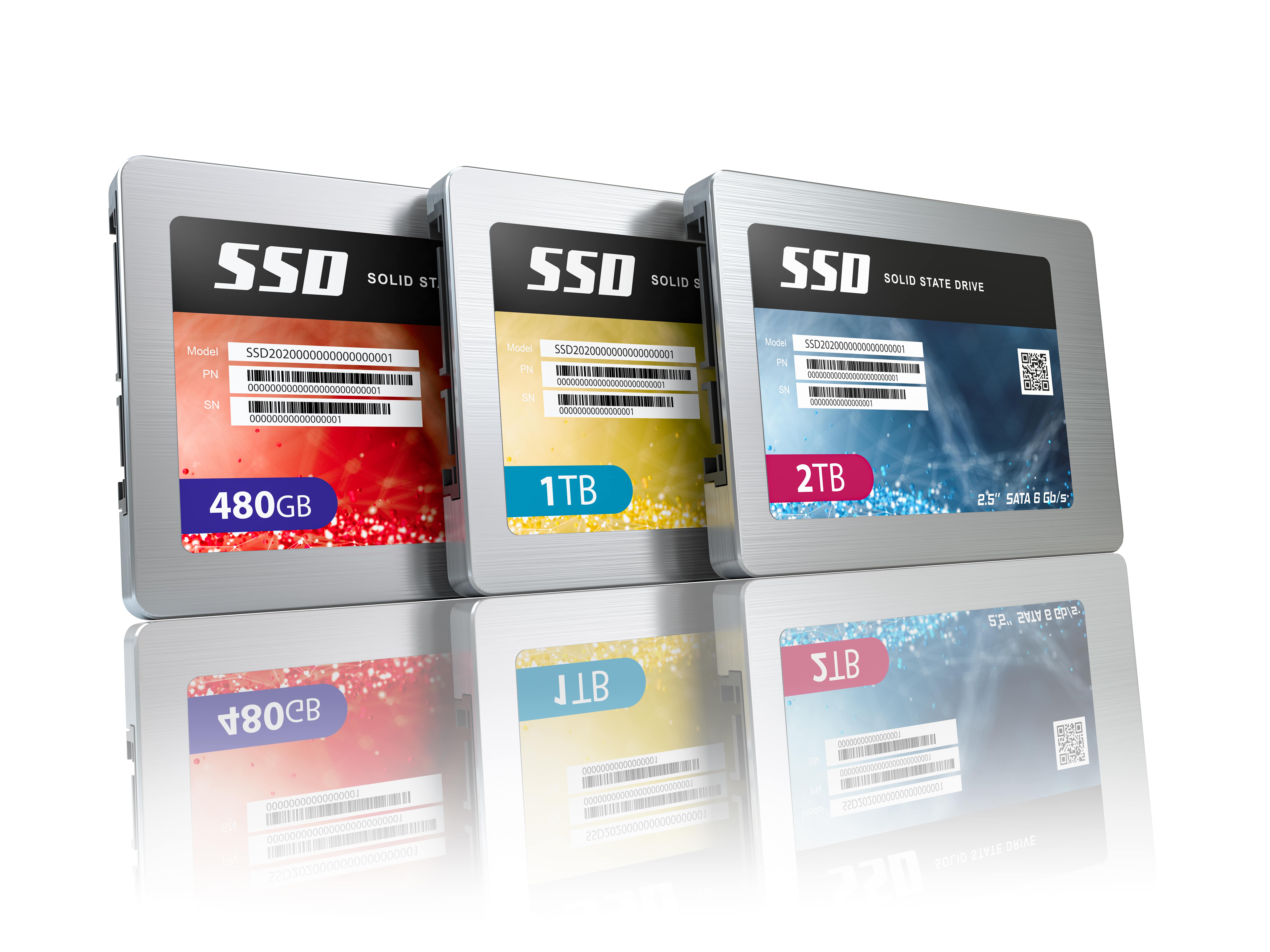

Writing About AI
Uvation
Reen Singh is an engineer and a technologist with a diverse background spanning software, hardware, aerospace, defense, and cybersecurity. As CTO at Uvation, he leverages his extensive experience to lead the company’s technological innovation and development.

In today’s digital era, data centre storage is crucial for the smooth operation and success of businesses. As the volume of data continues to increase, having an efficient and robust storage solution is essential. Upgrading from outdated storage helps businesses remain competitive by unlocking the full potential of their data, driving innovation, and improving customer experiences. A modern storage solution is vital for any organisation looking to succeed in the digital age.
Legacy storage systems, which are primarily based on Hard Disk Drives (HDDs), are not well-suited to handle the demands of modern workloads. Due to their mechanical components, HDDs have inherent performance limitations that result in slow application response times, delayed data access, and overall system inefficiency. Furthermore, these older systems struggle with the growing volume of business data, which can lead to capacity constraints and a higher risk of data loss.
Ignoring the challenges of legacy storage can have far-reaching consequences for a business. Slow application performance can lead to eroded customer satisfaction, hindered productivity, and impeded decision-making. Frequent system crashes and data loss can disrupt operations, cause financial losses, and damage a company’s brand reputation. Additionally, the higher energy consumption of HDD-based systems can significantly increase a company’s operating costs.
The “SSD Advantage” refers to the significant improvement in storage performance offered by Solid-State Drives (SSDs) compared to HDDs. SSDs have a revolutionary architecture that lacks the mechanical parts found in HDDs, allowing them to deliver blazing-fast read and write speeds and dramatically reduce data access times. This leads to better application responsiveness, faster database queries, and quicker file transfers, which in turn makes employees more productive and customers more satisfied.
In addition to their superior speed, SSDs offer several other significant advantages. They are highly energy-efficient, consuming much less power than HDDs because they have no moving parts, which results in lower energy bills and a smaller environmental footprint. SSDs are also exceptionally durable and resistant to shock and vibration, making them well-suited for demanding data centre environments. This enhanced reliability leads to fewer system failures and less downtime, protecting critical business operations.
The market offers a diverse range of SSDs, each with different strengths. The main types mentioned for data centres are:
• SATA SSDs: These provide a cost-effective entry point into solid-state storage.
• SAS SSDs: These deliver higher performance and endurance suitable for more demanding workloads.
• NVMe SSDs: These have emerged as the performance leaders, offering unparalleled speed and low latency for applications that require the maximum possible throughput.
Choosing the right SSD is a critical decision that requires careful evaluation of several factors to meet specific data centre needs. An organisation must consider the capacity, performance, endurance, and cost of the SSDs. For example, SATA SSDs are a cost-effective starting point, while SAS SSDs are better for demanding workloads. For applications needing the highest speed and lowest latency, NVMe SSDs are the leading choice.
Samsung is a long-standing leader in the SSD market, offering a variety of reliable, high-performance storage solutions. Their product range includes everything from entry-level SATA SSDs to high-end NVMe drives. Samsung SSDs are specifically built to withstand intensive workloads and are known for their excellent endurance and reliability, which are crucial attributes for any data centre environment.
Micron is a major SSD manufacturer known for its cutting-edge technology and high-quality products. Their SSDs are designed to be energy-efficient, which helps reduce the overall power consumption of a data centre. With low latency and high throughput, Micron SSDs are ideal for applications that require fast data access and processing. The company also focuses on producing SSDs with high endurance, ensuring they can handle demanding data centre workloads.
Micron is a major SSD manufacturer known for its cutting-edge technology and high-quality products. Their SSDs are designed to be energy-efficient, which helps reduce the overall power consumption of a data centre. With low latency and high throughput, Micron SSDs are ideal for applications that require fast data access and processing. The company also focuses on producing SSDs with high endurance, ensuring they can handle demanding data centre workloads.
To maximize the benefits of SSDs, their performance can be optimised in several ways. Since SSDs excel at random read and write operations, aligning data access patterns with this strength can significantly improve throughput. Additionally, using advanced features like data compression and deduplication can help extend the lifespan of an SSD and reduce overall storage costs.
Upgrading to SSDs is a strategic initiative that requires careful planning and execution to ensure a smooth transition with minimal disruption. A well-defined strategy should include assessing the current storage infrastructure, identifying any performance bottlenecks, and developing a detailed migration plan.
Data migration is a critical step in the SSD upgrade process, involving the transfer of data from old HDDs to new SSDs while minimising downtime and preventing data loss. To protect data during this transition, it is essential to implement robust backup and disaster recovery procedures.
While SSDs offer many advantages, challenges may arise during the upgrade process. These potential obstacles can be overcome with careful planning, testing, and validation. After the upgrade, it is essential to implement monitoring tools to track SSD performance and health, which allows for proactive maintenance and troubleshooting.
We are writing frequenly. Don’t miss that.

Unregistered User
It seems you are not registered on this platform. Sign up in order to submit a comment.
Sign up now